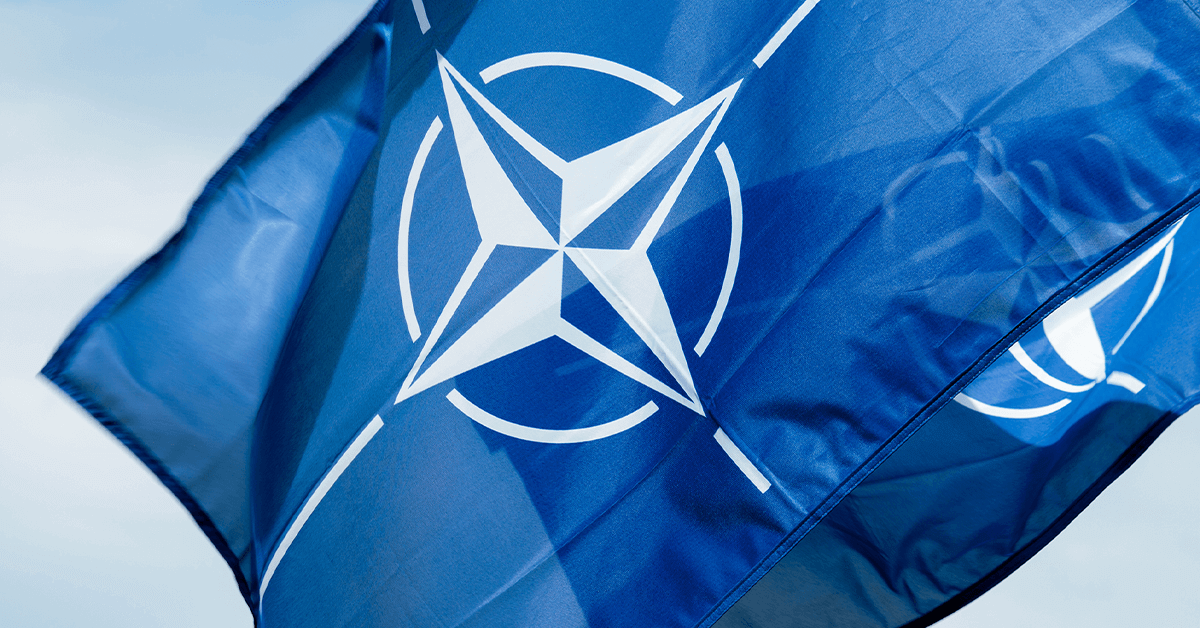NATO has announced two new multinational projects to enhance the military alliance’s airspace defense and deterrence capabilities.
Air Threat and Passive Surveillance
At NATO Headquarters in Brussels, representatives from 15 countries – Belgium, Denmark, Estonia, Finland, France, Greece, Latvia, Lithuania, the Netherlands, Norway, Portugal, Romania, Spain, Turkey and the United Kingdom – committed to developing more effective technologies to address lower-level air threats. These threats are defined as adversarial objects flying below 500 feet.
The same group of companies, plus Czechia, will work on a passive air surveillance initiative to identify incoming threats that are undetectable by conventional air surveillance systems, such as radars and satellites.
Threat Detection and Response
These development projects aim to enhance NATO member nations’ capabilities to detect and respond to emerging threats while capitalizing on technological advancements to improve deterrence and defense. The need to address aerial threats has become evident, especially in light of the conflict in Ukraine, where both sides have effectively used small drones as weapons.
Through the twin initiatives, NATO expects participating countries to acquire advanced capabilities, increase their interoperability and achieve higher operational benefits at lower costs.
Also, in Brussels, NATO welcomed new members into existing development programs. Romania joined an initiative focused on countering air threats, while the U.K. government will participate to enhance coordination regarding the use of airspace for NATO training and exercises.


